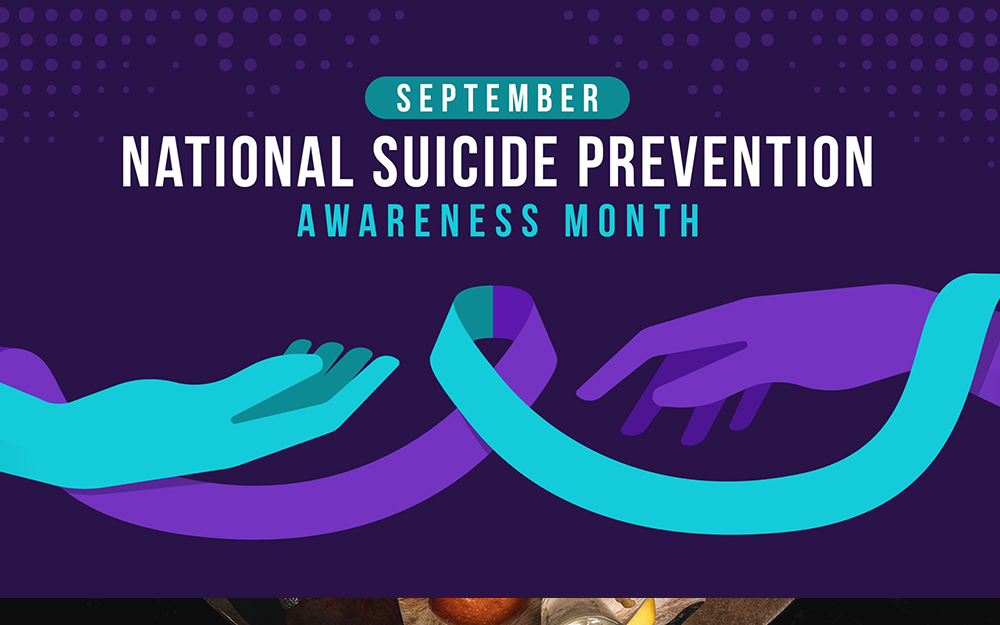
BY FIRE CHIEF SAM DIGIOVANNA
Despite being preventable, approximately 800,000 people die by suicide each year worldwide. Evidence suggests that suicide rates decrease during crises, but once the immediate threat passes, suicide rates are expected to increase. The COVID-19 pandemic likely affects risk and protective factors for suicide. Studies show mixed results regarding whether suicide behaviors have increased among adults during the pandemic.
Sadly, more people now die of suicide than in car accidents, reminds Fire Chief Sam DiGiovanna.
Know the Warning Signs:
Threats or comments about killing themselves, also known as suicidal ideation, can begin with seemingly harmless thoughts like “I wish I wasn’t here,” but can become more overt and dangerous.
- Increased alcohol and drug use.
- Aggressive behavior.
- Social withdrawal from friends, familyand the community.
- Dramatic mood swings.
- Talking, writingor thinking about death.
- Impulsive or reckless behavior.
Is There Imminent Danger? Any person exhibiting these behaviors should get care immediately:
- Putting their affairs in order and giving away their possessions.
- Saying goodbye to friends and family.
- Mood shifts from despair to calm.
- Planning, possibly by looking around to buy, steal or borrow the tools they need to complete suicide, such as a firearm or prescription medication.
- If you are unsure, a licensed mental health professional can help assess risk.
Risk Factors for Suicide:
Research has found that more than half of people (54%) who died by suicide did not have a known mental health condition. A number of other things may put a person at risk of suicide, including:
- A family history of suicide.
- Substance abuse. Drugs and alcohol can result in mental highs and lows that exacerbate suicidal thoughts.
- Intoxication. More than one in three people who die from suicide are found to be currently under the influence.
- Access to firearms.
- A serious or chronic medical illness.
- Gender. Although more women than men attempt suicide, men are four times more likely to die by suicide.
- A history of trauma or abuse.
- Prolonged stress.
- Isolation.
- Age. People under age 24 or above age 65 are at a higher risk for suicide.
- A recent tragedy or loss.
- Agitation and sleep deprivation.
Can Thoughts of Suicide be Prevented?
Mental health professionals are trained to help a person understand their feelings and can improve mental wellness and resiliency. Depending on their training they can provide effective ways to help.
If you have suicidal thoughts or know someone that does, contact a licensed qualified mental health therapist immediately!
If you or if you know of someone contemplating suicide, contact or call: Suicide Prevention Lifeline at 1-800-273-8255 and https://suicidepreventionlifeline.org(link is external)









































